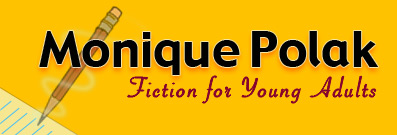



Hello dear blog reader,
I'm calling today's blog entry, "Solving Problems (Part II)," because I've written before about the link between writing and problem-solving.
I know I've quoted my friend, Montreal author and journalist Joel Yanofsky, who once told one of my classes (I know because I've quoted him many times since then): "Writing is problem-solving."
But the reason I'm back on the subject this week is because, thanks to one of my students, I've got a new insight into the importance of problem-solving. So before I start explaining, I need to thank Adam K, who is taking my Writing for Children course at Marianopolis College.
Adam sent me a TED talk link to a presentation called "The Clues to a Great Story" by Andrew Stanton, the writer behind the movie Toy Story, and the writer and director of WALL-E. The thing Stanton said that blew me away is that people ENJOY solving problems, that our minds are hardwired for problem-solving activities.
When I heard that, I thought YESSS! Now it all makes sense!! Writers (and filmmakers) not only find ourselves encountering and (hopefully) solving problems when we tell our stories, but we have to make our readers (and viewers) solve problems, too! That's why we need to SHOW, NOT TELL. That way our readers have the satisfaction of making connections for themselves. When we give them a chance to do that, well then, they like our stories (and movies) even more!!
If you have time, check out Stanton's talk -- I've linked to it here.
When you subscribe to the blog, we will send you an e-mail when there are new updates on the site so you wouldn't miss them.
Comments